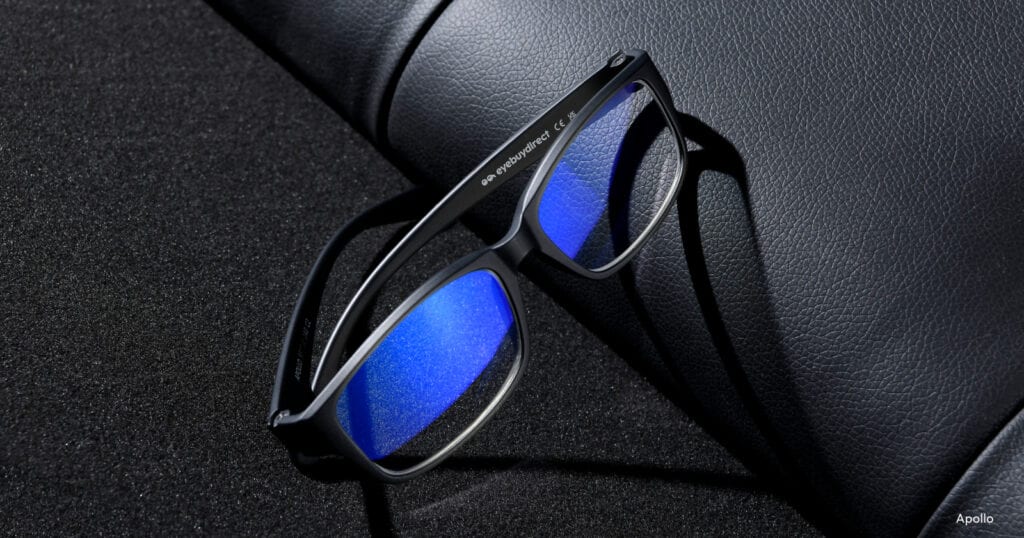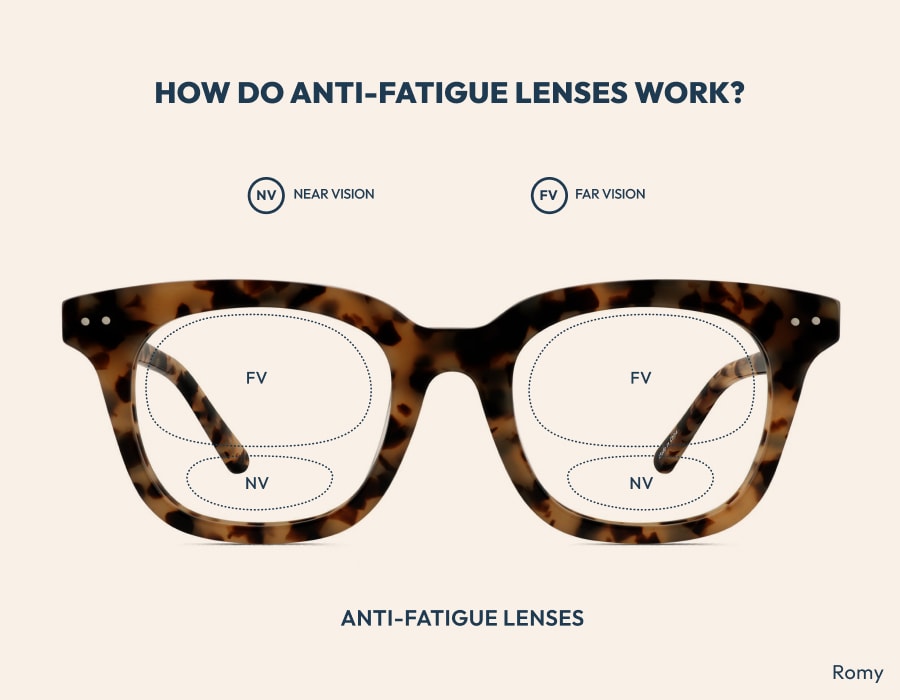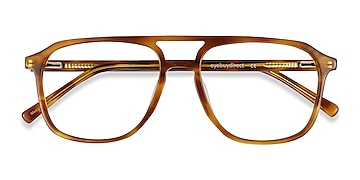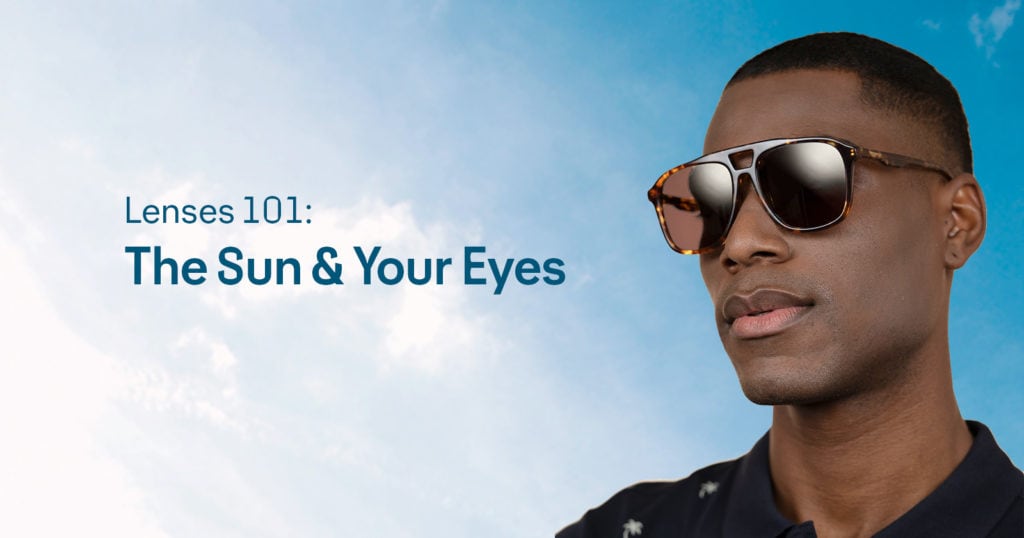In today’s digital world, our eyes are constantly subjected to stress from screens, close-up reading, and prolonged periods of intense focus, often leading to eye strain, fatigue, and headaches. Anti-fatigue lenses are a modern eyewear solution specifically engineered to combat this digital eye strain. They accomplish this by providing a small, subtle power boost in the lower portion of the lens, which helps your eye muscles relax when shifting focus between near and intermediate tasks without requiring the complexity of a full progressive lens.
Understanding Anti-Fatigue Lenses
Anti-fatigue lenses are designed to ease eye strain and enhance visual comfort. While standard lenses primarily correct vision, these lenses provide additional support, making them ideal for those who frequently use computers or engage in activities requiring intense focus.
The primary aim of anti-fatigue lenses is to alleviate eye discomfort. These lenses feature a slight power boost in the lower portion, allowing your eyes to relax when shifting focus between various distances, such as from a screen to paper. This feature distinguishes them from regular lenses.
Anti-fatigue lenses bridge the gap between single-vision and progressive lenses. Progressive lenses offer multiple focus points for presbyopia. In contrast, anti-fatigue lenses focus on reducing eye strain due to extended periods of close-up work. They are ideal for those experiencing eye fatigue but who do not require the comprehensive correction that progressive lenses provide.
Understanding these benefits can guide you in selecting eyewear that promotes comfort and clear vision for daily activities.
How Anti-Fatigue Lenses Work
Anti-fatigue lenses are crafted to enhance comfort and reduce eye fatigue. With a slight power boost at the bottom, these lenses help improve focus during close-up tasks such as reading or using digital devices. This feature reduces the workload on eye muscles responsible for focusing, thereby cutting down on eye fatigue.
The Science Behind Anti-Fatigue Lenses
The key to anti-fatigue lenses is their intelligent design, providing a slight increase in power at the bottom to assist natural focus. This makes transitioning focus between different distances easier, keeping your eyes clear and comfortable throughout the day. These lenses are especially beneficial for people who frequently read or use computers.
Comparing Anti-Fatigue and Blue Light Glasses
Both anti-fatigue lenses and blue light glasses aim to reduce eye strain but function differently. Anti-fatigue lenses help improve focusing abilities, whereas blue light glasses filter out blue-violet light with the sun as the biggest source. Blue-violet light can lead to eye strain. So, blue light glasses are ideal but do not aid focusing like anti-fatigue lenses do. Your choice should depend on whether you need focusing assistance or blue light filtering.
Benefits of Anti-Fatigue Lenses
Anti-fatigue lenses can significantly enhance everyday life by offering comfort, reducing eye strain, and increasing productivity. They are ideal for those who spend significant time in front of screens or reading.
Improved Comfort
These lenses make prolonged focus more comfortable by providing a slight increase in lens power, helping relax your eyes. This feature minimizes the effort required to maintain sharp vision, making activities such as computer work or reading more comfortable over long durations.
Reduced Eye Strain
Eye strain is prevalent, particularly among those who frequently use digital screens. Anti-fatigue lenses are specifically designed to combat this issue. They provide gentle magnification, alleviating the pressure on your eyes, resulting in reduced fatigue and discomfort, thereby enhancing concentration.
Enhanced Productivity
Comfortable and less strained eyes allow for longer and more efficient work periods. Anti-fatigue lenses help maintain focus, whether working on projects, studying, or enjoying a book.
Ideal Users for Anti-Fatigue Lenses
These lenses benefit a wide range of individuals. Office workers frequently using computers and students engaging in extended study sessions can find relief. Anyone experiencing eye fatigue from prolonged close-up focus periods can benefit. These lenses support the natural function of your eyes and can enhance daily experiences.
Choosing the Right Anti-Fatigue Lenses
When selecting anti-fatigue lenses, consider your daily activities and the extent of eye strain you experience. These lenses effectively reduce eye fatigue, especially if you frequently view digital screens. Here’s how to select the optimal lenses for you.
Types of Anti-Fatigue Lenses
Different anti-fatigue lenses cater to various needs. Understanding these options will help you make an informed decision.
- Lower Add Power Lenses: Suitable for those with mild eye strain, these lenses provide a slight power boost, easing focus transitions. They are ideal for occasional digital device users seeking some eye relief.
- Mid-Range Add Power Lenses: Designed for those frequently switching between near and mid-distance tasks, these lenses offer moderate power increase, making them perfect for those working extensively on computers, reducing eye strain and enhancing comfort.
- Higher Add Power Lenses: Ideal for significant eye strain or visually demanding tasks, these lenses offer a strong power boost, providing maximum eye relief. They are particularly beneficial for individuals who spend most of the day in front of screens or performing detailed work.
When selecting anti-fatigue lenses, you should consider your screen time and level of eye strain. Familiarity with different types will help you choose lenses that suit your lifestyle and keep your eyes comfortable.
Are Anti-Fatigue Lenses Worth It?
Determining the value of anti-fatigue lenses requires weighing their benefits against your needs. These lenses ease the strain of screen time by slightly increasing lens power, thus reducing eye strain and fatigue.
The primary advantage is reducing eye discomfort, potentially boosting productivity, and comfort. If you frequently experience squinting or headaches from screen use, these lenses could offer assistance.
Anti-fatigue lenses are also versatile, easily fitting into most frames without compromising style or comfort.
In conclusion, if you regularly experience eye strain or fatigue, fitting your glasses with anti-fatigue lenses could be a worthwhile investment, enhancing comfort and quality of life. However, it’s advisable to consult an eye care professional to determine if they are suitable for your specific needs.










